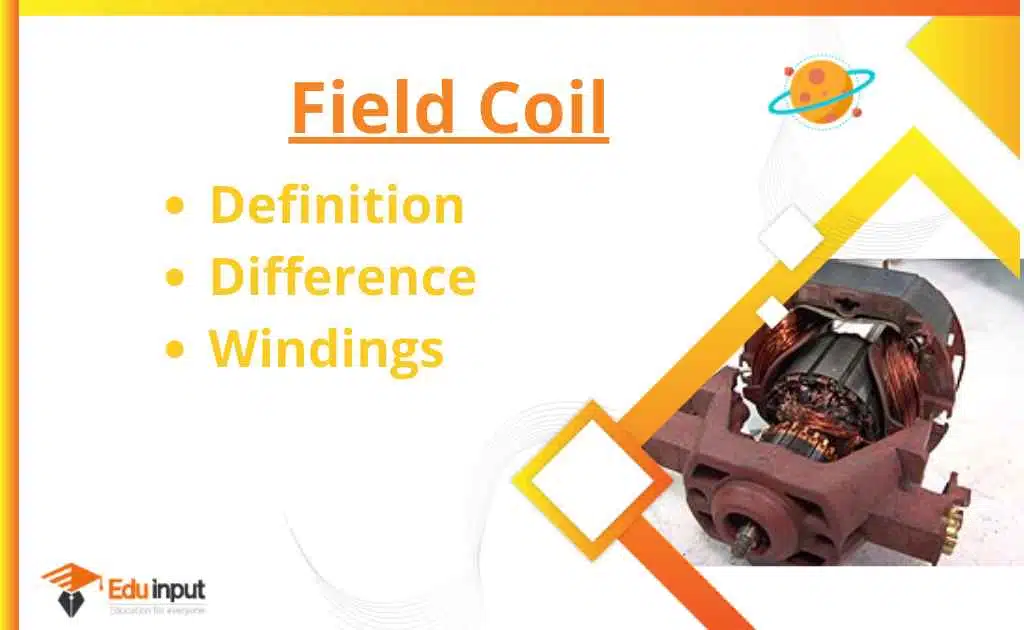What is Electromagnetic Shielding?, And Applications | Magnetic Shielding
Electromagnetic shielding is the practice of using conductive or magnetic materials to protect electronics and cables from electromagnetic interference. This can help to prevent data loss and corruption, and protect against electromagnetic waves that could potentially damage equipment.
What is Electromagnetic shielding?
The practice of reducing or blocking the electromagnetic field (EMF) is known as electromagnetic shielding. This is typically done with barriers made of conductive or magnetic materials. Electromagnetic shielding that blocks radio frequency (RF) electromagnetic radiation is also known as RF shielding.
There are a number of reasons why EM shielding is conducted. It is the most common purpose to prevent EMI from affecting sensitive electronics. Sometimes metallic mesh shields can be used to protect one component from another inside a device. A metallic shield protects electronics from the cellular transmitter. The amount of RF energy that can be absorbed by the user is decreased by the use of radiation shields on mobile phones.
What is Magnetic Shielding?
The shielding described above is not effective for static or slowly varying magnetic fields below 100 kHz. There are shields made of high magnetic permeability metal that can be used, such as sheets of permalloy and mu-metal, or with a ferromagnetic metal coating.
A closed container surrounds the shielded volume and is the best shape for magnetic shields. The effectiveness of this type of shielding depends on the material’s permeability, which generally drops off at both very low magnetic field strengths and at high field strengths where the material becomes saturated.
To achieve low residual fields, magnetic shields often consist of several enclosures one inside the other, each of which successively reduces the field inside it The performance may be degraded by entry holes within the shielding surface.
Application of Electromagnetic Shielding
A shielded cable has a wire mesh around an inner core conductor that protects it from interference. The shielding prevents signals from being added to the core conductor and also impedes the escape of any signal from the core conductor.
Some cables have two separate screens, one connected at both ends and the other only at one end, to maximize shielding of both fields. A screen is built into the window of the microwave oven door. The screen finishes a Faraday cage formed by the oven’s metal housing, which can be seen from the perspective of microwaves. The screen holes allow visible light to easily pass through them.







Leave a Reply